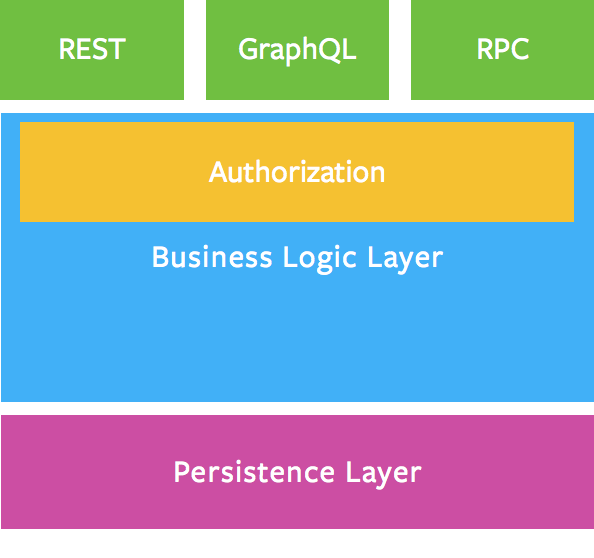Hi @AadamZ5! That's something we did at the very beginning but we removed this functionality because it was easy to forget about and expose implementation details (something that happened at work if I'm honest 😊).
What about using a new property on the class?
@strawberry.type
class ActiveHdd:
__description__ = """
Represents data about a device that is currently connected to the application
"""
serial: IDPinging @jkimbo, @BryceBeagle and @ulgens for more opinions on this :)

Long story short, in my opinion,
This, (my class used for example)
Should be equivalent to this,
We can gather this from the
__doc__attribute on the class, or a clean sanitized string usinggetdocfrom theinspectmodule,I believe the description should be gathered from the docstring if no description parameter is explicitly set.
What do you think? I love the project so far! I hope to contribute more at some point.
Thanks!
Upvote & Fund